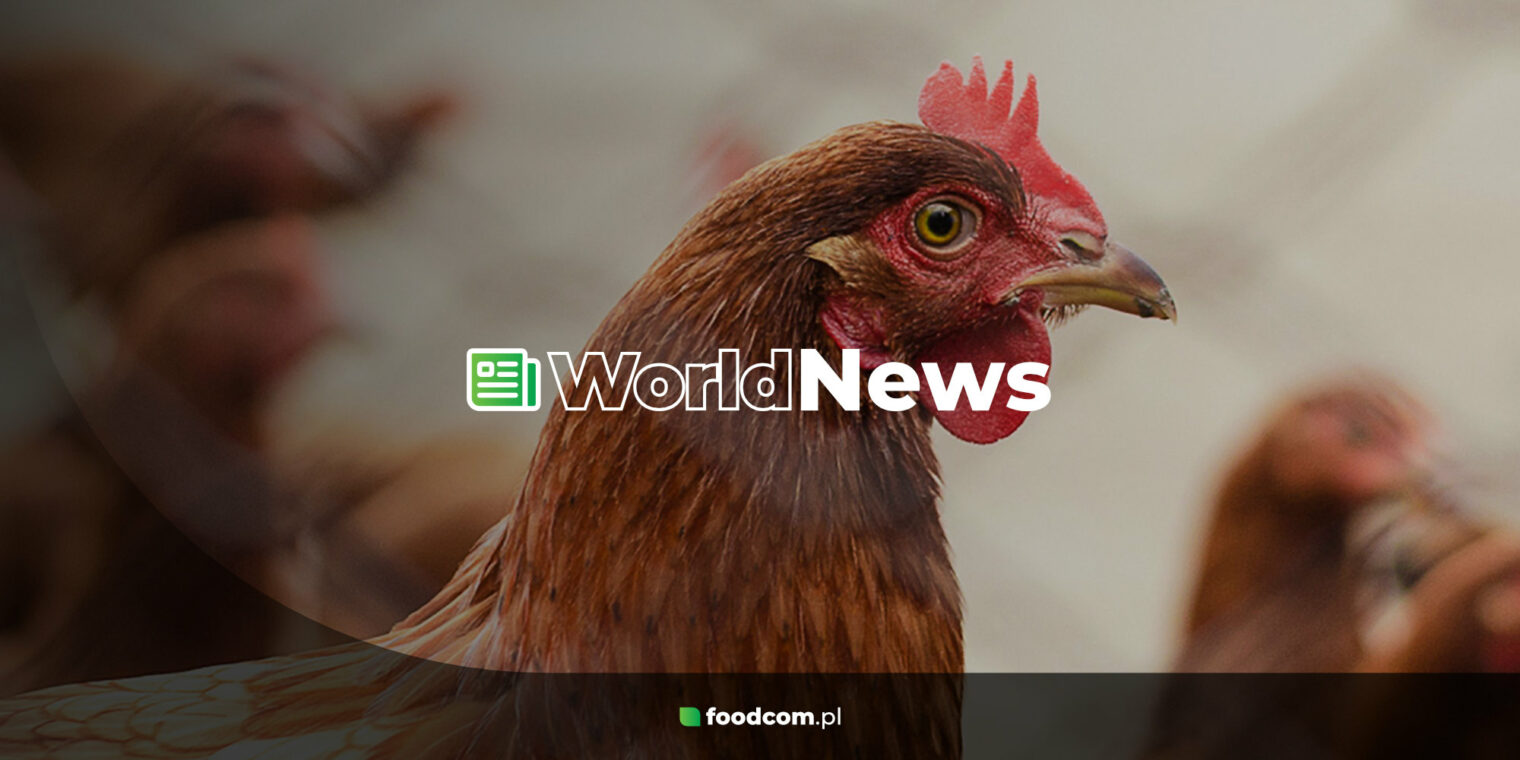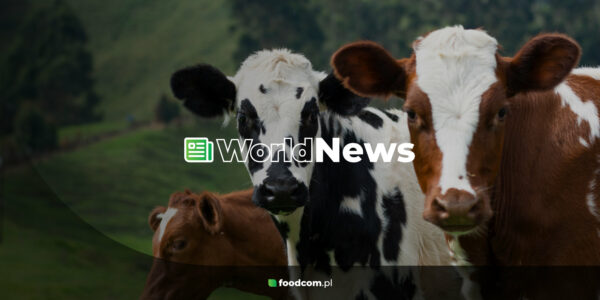- The bird flu epidemic, previously concentrated in Asia, has now spread to Europe and Africa, affecting Poland, the EU’s largest poultry producer.
- The culling of poultry is causing supply chain disruptions and rising poultry prices worldwide.
- The bird flu crisis is also affecting the feed market and causing price fluctuations.
Bird flu crisis spreads to Europe and Africa
The shift of the epicenter of avian influenza from Asia to Europe and Africa is causing significant disruption in the global commodity market. Poland, the European Union’s largest poultry producer, recently reported an outbreak of the H5N1 variant in northern parts of the country, highlighting the scale of the crisis in Europe.
Rising poultry prices and chain disruptions
The severe outbreaks have resulted in at least 250 million poultry being culled worldwide since 2020. As a result, supply chains have been disrupted, causing poultry prices to skyrocket. This trend not only affects direct consumers, but also has downstream impacts on industries that depend on poultry byproducts. Given the massive outbreak of bird flu in Europe and the global spread of the disease, many countries are preparing for further potential price increases.
Animal feed market faces uncertainty
The widespread culling of birds and the global scale of the bird flu crisis are having an impact on feed markets. The rapid spread of influenza and its potential to infect various wild birds and mammals threatens feed for a wide range of animals. Producers may face a potential oversupply of one type of feed or a serious shortage of another, resulting in volatile prices.
To stay informed on the evolving situation in the commodity market, be sure to read our World News on our blog and subscribe to our newsletter!








